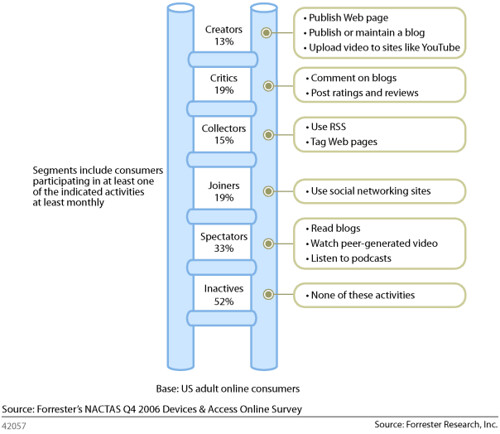First, financial. In the current economic climate, Yahoo has been forced to identify their core services where it can realize profit (a process many companies - profit and non-profit - have been going through). Many may not remember that at one time (prior to 1998), Yahoo was a web search engine. By not anticipating and preparing for competitors (like Google), they proved themselves unable to adapt to the constantly changing nature of the web.
I don't see much difference in the nature of the company today. They gather content, but seem are unable to adapt to the current circumstances of the web. They are like survivors on a life raft, trying to weather through a storm.
 |
| The Raft of the Medusa by Théodore Géricault |
Those of us who have used Delicious for a while barely noticed Yahoo as the owner. At one point early in the relationship I noticed greater speed in processing bookmarks, but no interfering ads. One wonders how Yahoo was planning to monetize their investment. Perhaps they would derive it from aggregating/analyzing which bookmarks were hot, but other than the front page, I saw no evidence that they used the information strategically.
I know a number of us Delicious users wanted to stay with the company if only because it is simple to use (and who wants to move hundreds if not thousands of bookmarks to a new platform?). But it was also obvious that practically all other bookmarking tools were better, many taking advantages of Web 2.0 design techniques. Why wasn't Delicious catching up? Because, from the outset, I believe Yahoo bought Delicious purely as an investment. They probably thought it would gain value just by holding on to it (assuming increasing numbers of users), and then they'd sell it to the company anxious to drop a few million.
The result of their waiting is that the product value (as software) has steadily decreased so that it is approaching worthlessness. Today, I feel the only worth inherent in Delicious is its user community. By now that user community has jumped ship, migrating to other bookmark tools. (Large notes on Diigo give detailed instructions on how to move one's booksmarks there and asks for patience, as they've had a large influx of users -- more in the past week than they've had all year.)
Second, let me speak on the nature of bookmarking. The term has become obsolete: bookmarking suggests a placeholder - a site to which you want to return. But bookmarking has become much more than that. In today's world where "curation" has become the current buzzword, having bookmarks suggests much more than placeholders, but a means to crafting a profile or multiple points of views on numerous topics, and sharing that view or information in general. It is particularly that last feature which has been beneficial to so many. It is a feature (often invisible) of sites such as newspapers, where they gauge the popularity of articles. In this way, much valuable information can be obtained from observing bookmarking activities.
I wonder why Google didn't think of of a bookmarking tool. For a web search that can reveal hundreds of desirable links, wouldn't it have been great to have a bookmark tool to save interesting links as you browse through your list of tens or hundreds of search results?
Ever note that in a Google search, sometimes the same search reveals different results on successive days? That link you glanced by on one day might be missing the next day. How good it would have been to have Google produce its own bookmarking tool. (I generally prefer to see a list of at least 100 results rather than anything smaller, so I would like such a tool.)
Now that the story is basically over, there is much to be learned from the Delicious fiasco:
- Always have a backup plan
- Don't reveal your plan until you are ready to implement it
- Assume your secrets will eventually make it to the web sooner than you want
- If you don't intend to modify your software for a year, it will be overtaken by products which are better, reducing your products' value
- Don't buy products as investments; buy them because they are in sync with your vision and mission, and because you are willing to commit resources to them to make them better
And the Web 2.0 world keeps on shifting.

